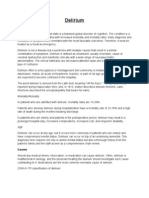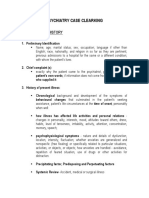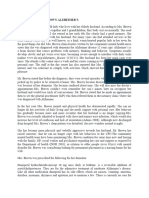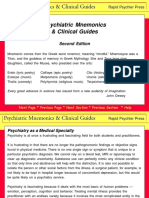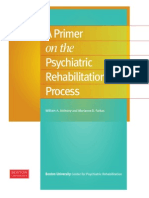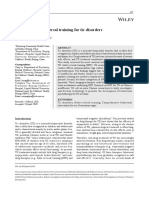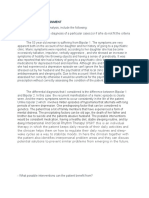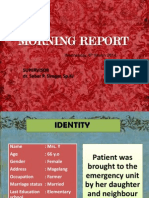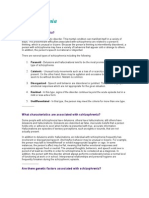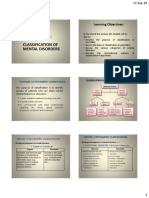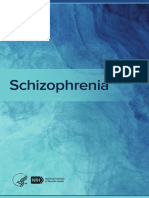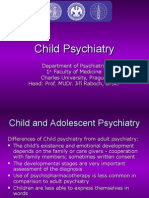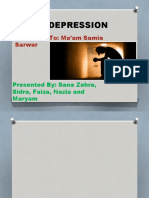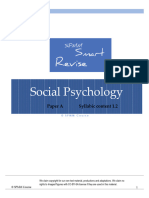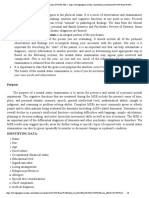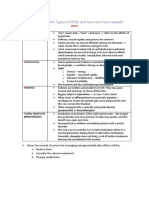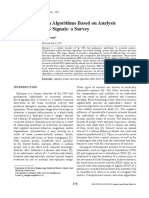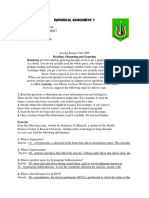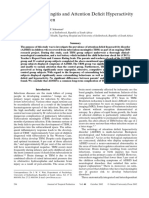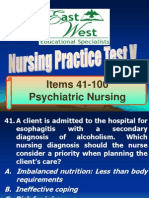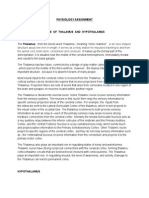100% found this document useful (1 vote)
249 views16 pagesConversion Disorder: Anna Lethborg, Ashley Quinn & Alicia Grant
Conversion disorder involves physical symptoms that cannot be explained by medical factors and are believed to be related to psychological issues, with common symptoms including weakness, sensory changes, and gait disturbances. It is diagnosed based on inconsistencies found during examination and imaging/testing not revealing physical causes for symptoms. Treatment involves physical and occupational therapy to prevent disuse and support recovery, as well as addressing the underlying psychological contributors through therapies like psychotherapy.
Uploaded by
Anna LethborgCopyright
© Attribution Non-Commercial (BY-NC)
We take content rights seriously. If you suspect this is your content, claim it here.
Available Formats
Download as PPTX, PDF, TXT or read online on Scribd
100% found this document useful (1 vote)
249 views16 pagesConversion Disorder: Anna Lethborg, Ashley Quinn & Alicia Grant
Conversion disorder involves physical symptoms that cannot be explained by medical factors and are believed to be related to psychological issues, with common symptoms including weakness, sensory changes, and gait disturbances. It is diagnosed based on inconsistencies found during examination and imaging/testing not revealing physical causes for symptoms. Treatment involves physical and occupational therapy to prevent disuse and support recovery, as well as addressing the underlying psychological contributors through therapies like psychotherapy.
Uploaded by
Anna LethborgCopyright
© Attribution Non-Commercial (BY-NC)
We take content rights seriously. If you suspect this is your content, claim it here.
Available Formats
Download as PPTX, PDF, TXT or read online on Scribd
/ 16
